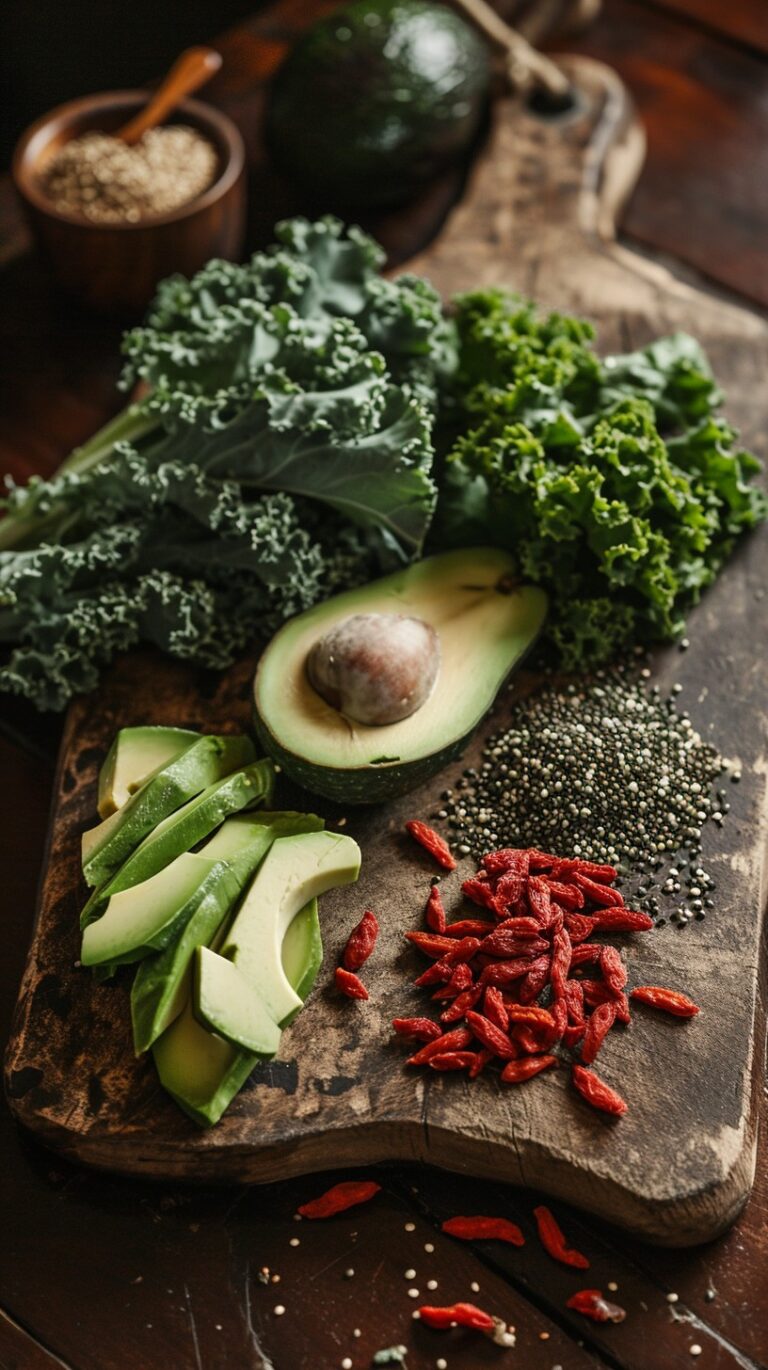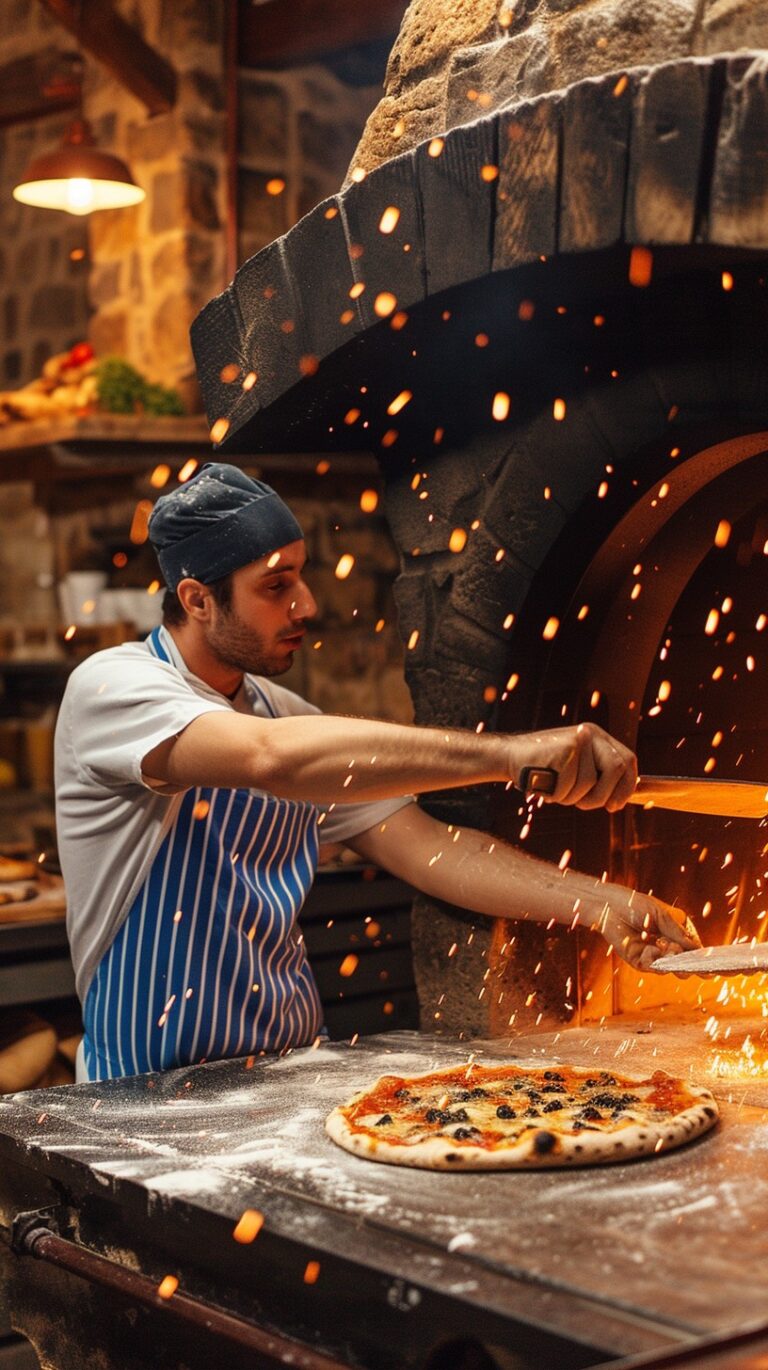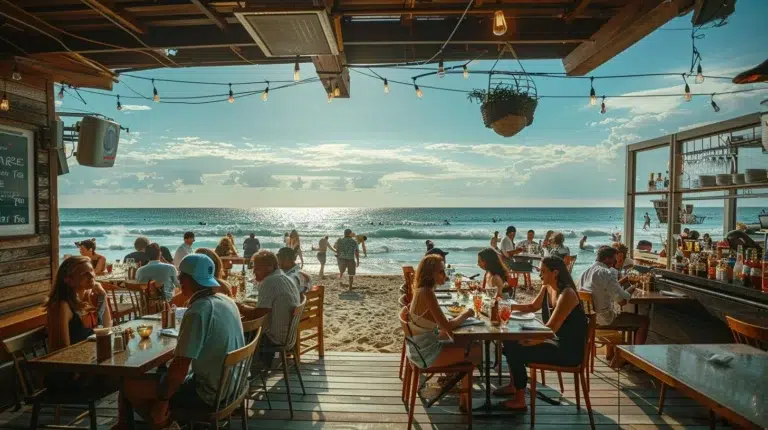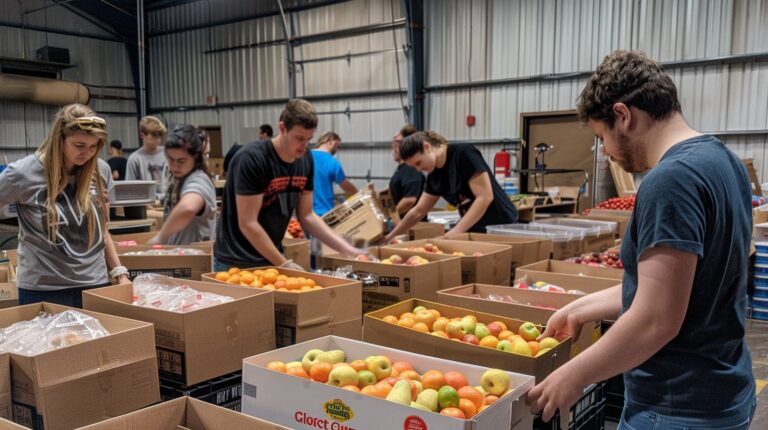The secret food and drink history in South America

South America is a land full of vibrant cultures and traditions. It is also home to some of the most unique and delicious food and drinks in the world. From ancient civilizations to modern fusion cuisines, South American cuisine tells a rich history that reflects its diverse influences.
One of the earliest known civilizations in South America was the Incas, who inhabited present-day Peru from the 13th century until their conquest by Spanish conquistadors in the early 16th century. The Incas were skilled farmers and developed advanced agricultural techniques, resulting in a wide variety of crops such as potatoes, quinoa, and corn. These crops are still widely used in traditional dishes throughout South America.
In addition to the Incas, other indigenous groups such as the Aztecs in Mexico and the Mapuches in Chile also had a significant impact on South American cuisine. These groups heavily relied on corn and beans, which are still staples in many dishes today. The Aztecs were also known for their use of chili peppers, chocolate, and vanilla – all of which have become integral ingredients in South American cooking.
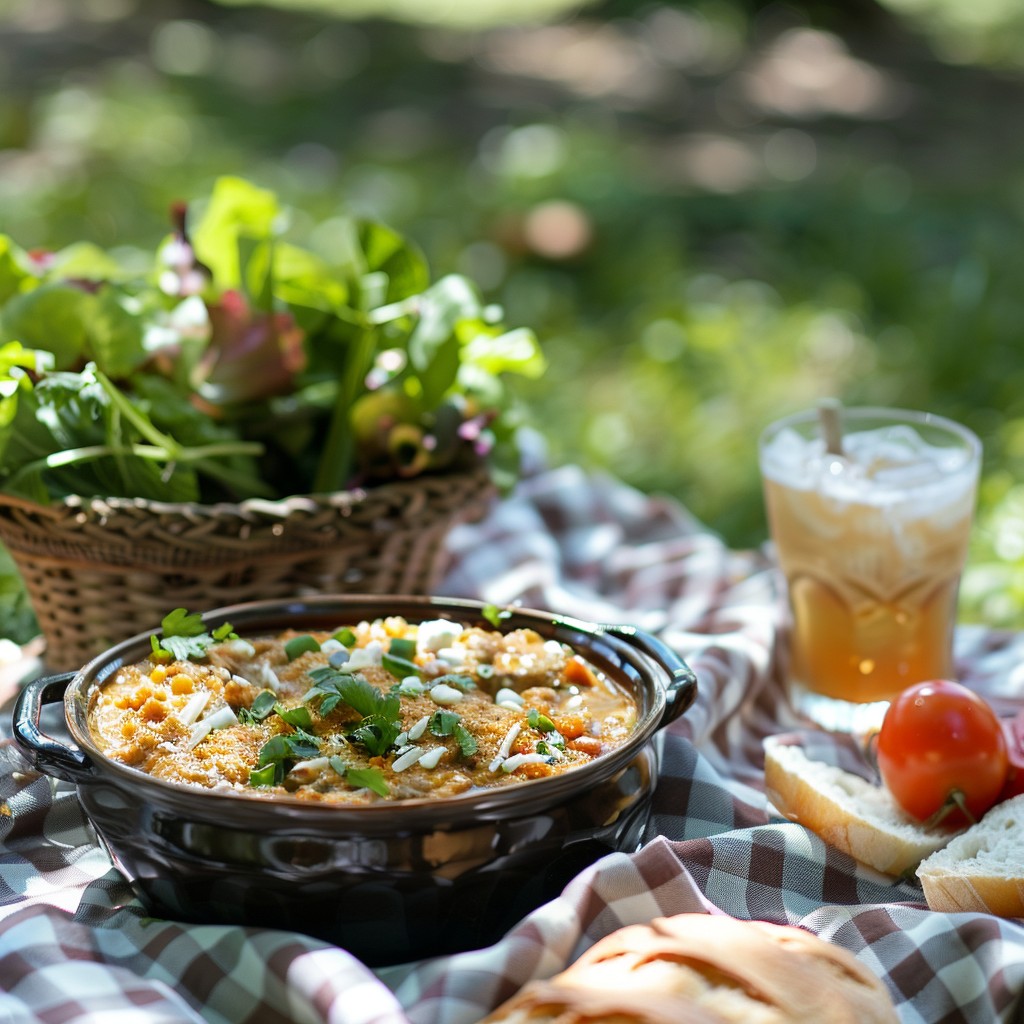
When the Spanish arrived, they brought with them new ingredients from Europe, including cattle, pigs, chicken, wheat, and citrus fruits. This led to the fusion of traditional indigenous foods with European flavors and techniques. In countries like Argentina and Uruguay, where beef consumption is a way of life, the influence of Spanish and Italian immigrants can be seen in dishes such as empanadas and pasta.
The Portuguese also had a significant impact on South American cuisine through their colonization of Brazil. The introduction of African slaves to work on sugar plantations brought new ingredients and cooking techniques, resulting in popular dishes like feijoada – a hearty stew made with beans, pork, and various meats.
Aside from food, South America is also known for its diverse range of traditional drinks. In countries like Peru and Chile, the Incas were known for their use of chicha – a fermented corn drink that was often used in religious ceremonies. Today, chicha is still enjoyed by locals and tourists alike. Other traditional beverages include yerba mate, a caffeine-rich tea that is popular in Argentina and Uruguay, and cachaça, a distilled spirit made from sugarcane juice that is the main ingredient in Brazil’s national cocktail – the Caipirinha.
In recent years, there has been a growing interest in South American cuisine and its rich history. Chefs around the world are incorporating traditional ingredients and cooking techniques into their menus, resulting in unique and delicious fusion dishes. This blending of cultures through food is just another example of how South America continues to evolve and inspire new culinary experiences. So next time you have the opportunity to try some authentic South American cuisine or sip on a traditional drink, remember the rich and diverse history behind it. So, don’t be afraid to explore the many flavors of South America and uncover its hidden food and drink secrets. Who knows, you may just discover your new favorite dish or beverage.
There is so much more to explore in the world of South American cuisine and drinks. From the use of unique ingredients like coca leaves in Bolivia to the fusion of Japanese and Peruvian cuisines known as Nikkei cuisine, there is no shortage of creativity and deliciousness in this region.

But let’s not forget about some lesser-known traditional dishes like ceviche from Peru or Colombia’s bandeja paisa. These dishes may not have gained as much international recognition as their counterparts, but they are just as mouthwatering and important in representing the diverse cultures of South America.
And let’s not limit ourselves to just food and drinks. South America is also known for its rich coffee culture, with countries like Colombia and Brazil producing some of the best beans in the world. In fact, coffee production has played a significant role in shaping the social and economic landscape of these countries

